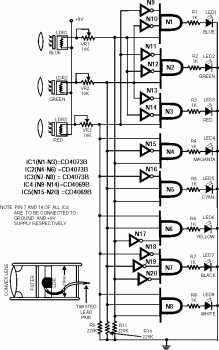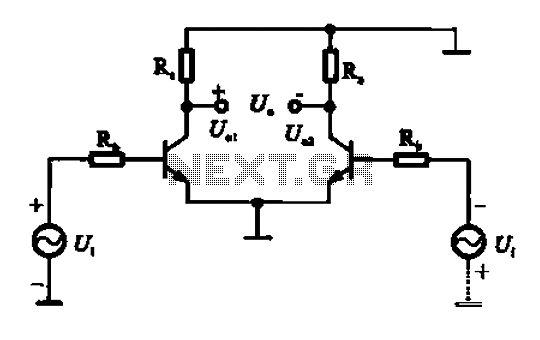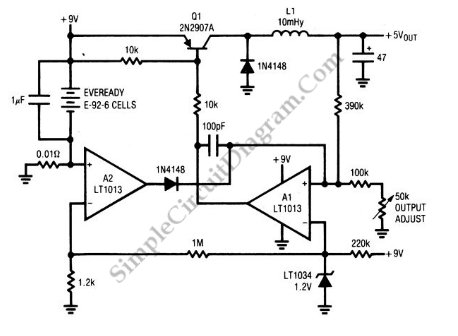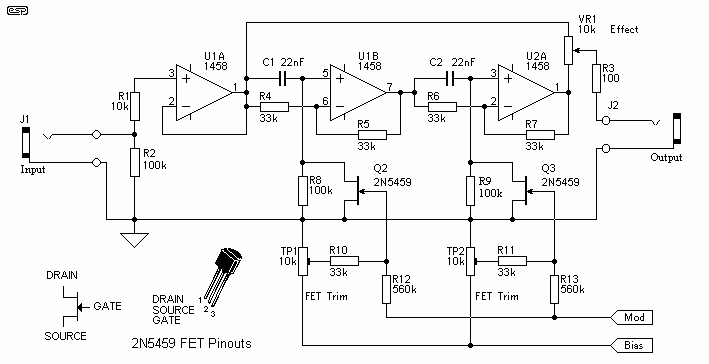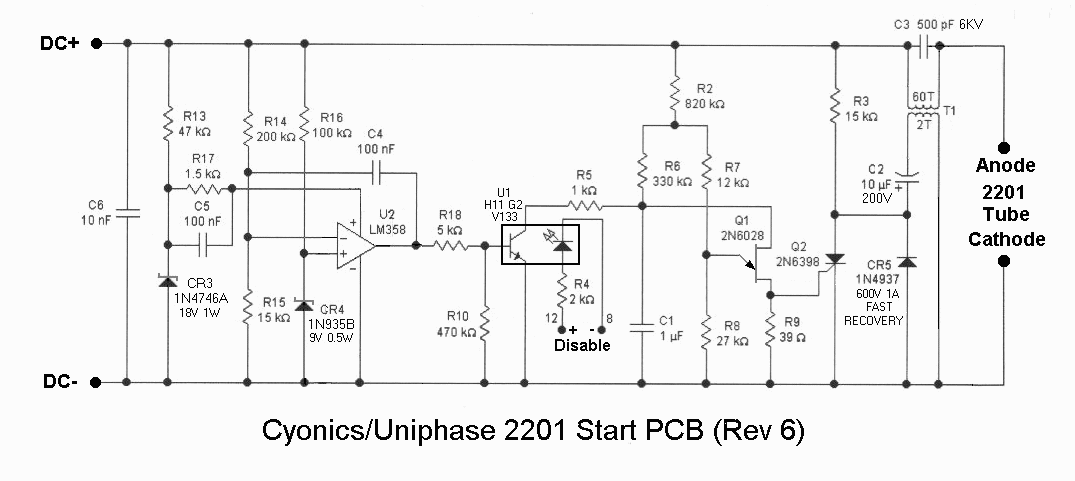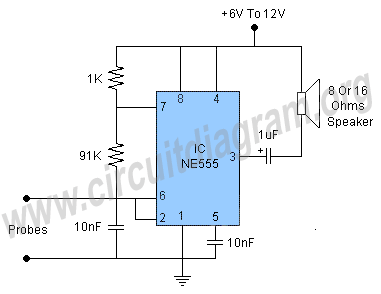
Simple 555 Switching Circuit Provides Negative Supply from Single Positive Supply
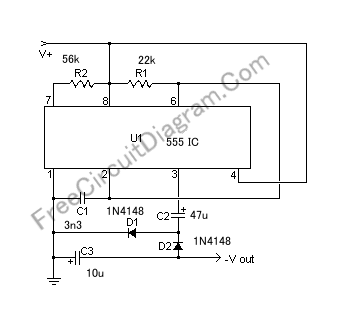
If a negative supply is required for an operational amplifier or if a negative bias voltage is needed while operating from a single supply voltage, such as in battery applications.
To generate a negative supply voltage from a single positive supply, a common approach is to utilize a charge pump circuit or a voltage inverter. These circuits can efficiently convert the positive voltage into a negative voltage suitable for operational amplifier applications.
A typical charge pump circuit consists of a capacitor, diodes, and a switching element (often a transistor or a dedicated IC). The operation involves charging the capacitor to the positive supply voltage and then reversing the polarity to create a negative output voltage. The switching frequency can be adjusted to optimize performance, balancing efficiency and ripple voltage.
For instance, in a basic charge pump configuration, the circuit can be designed with a 555 timer IC configured in astable mode to generate a square wave signal. This signal drives a transistor that switches the current through the capacitor, effectively inverting the voltage. The output can be further smoothed using an additional capacitor and a low-dropout (LDO) regulator to achieve a stable negative voltage supply.
In applications where low power consumption is critical, specialized ICs designed for negative voltage generation can be employed. These devices simplify the design process, often integrating the necessary components into a single package, thus reducing the overall footprint and component count.
This negative voltage supply is particularly useful in applications where operational amplifiers are used in inverting configurations or where signal processing requires both positive and negative voltage rails. It is essential to ensure that the generated negative voltage meets the specifications required by the operational amplifier to avoid distortion or damage to the circuit.If you need a negative supply for op-amp or just need negative bias voltage while operating from a single supply voltage (for battery operation for example),. 🔗 External reference
To generate a negative supply voltage from a single positive supply, a common approach is to utilize a charge pump circuit or a voltage inverter. These circuits can efficiently convert the positive voltage into a negative voltage suitable for operational amplifier applications.
A typical charge pump circuit consists of a capacitor, diodes, and a switching element (often a transistor or a dedicated IC). The operation involves charging the capacitor to the positive supply voltage and then reversing the polarity to create a negative output voltage. The switching frequency can be adjusted to optimize performance, balancing efficiency and ripple voltage.
For instance, in a basic charge pump configuration, the circuit can be designed with a 555 timer IC configured in astable mode to generate a square wave signal. This signal drives a transistor that switches the current through the capacitor, effectively inverting the voltage. The output can be further smoothed using an additional capacitor and a low-dropout (LDO) regulator to achieve a stable negative voltage supply.
In applications where low power consumption is critical, specialized ICs designed for negative voltage generation can be employed. These devices simplify the design process, often integrating the necessary components into a single package, thus reducing the overall footprint and component count.
This negative voltage supply is particularly useful in applications where operational amplifiers are used in inverting configurations or where signal processing requires both positive and negative voltage rails. It is essential to ensure that the generated negative voltage meets the specifications required by the operational amplifier to avoid distortion or damage to the circuit.If you need a negative supply for op-amp or just need negative bias voltage while operating from a single supply voltage (for battery operation for example),. 🔗 External reference
